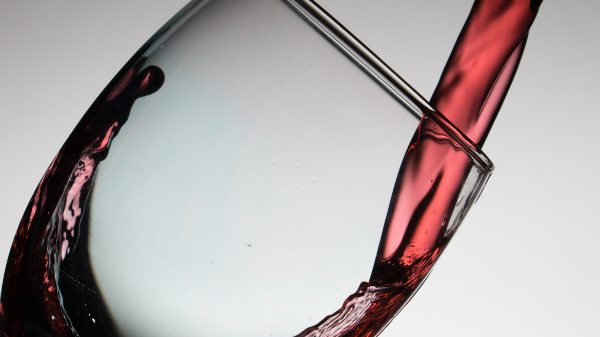Tracing its roots to the Ancient Roman Empire, Cabernet Sauvignon enjoys the stature of ‘King of Red Wine Grapes’
World-renowned Cabernet Sauvignon intriguingly enjoys the stature of “King of Red Wine Grapes” in California as well its native home in Bordeaux, France, where it can trace its roots back to ancient Roman times. But in almost the same breath, it has also been resented ironically in different parts of the world as a “great coloniser” after it displaced indigenous and less popular grape varieties.
The Cabernet Saugivnon grape that serves as the raw material for this wine is not grown exclusively in Bordeaux and California, but is in fact also found in other parts of the world. Originally from France and Spain, it found its way to different countries across Europe and, eventually, even to such far-flung corners of the world as South Africa’s Stellenbosch region, Australia’s Margaret River, New Zealand’s Hawkes Bay and Chile’s Maipo Valley.
The countries that are reputedly the biggest producers of this grape variety are France and Italy, both of whom also enjoy the distinction of being the world’s top wine producers. France is the world’s largest producer of Cabernet Sauvignon, with over 55,000 hectares planted to this particular vine plant. Production is centred in the grape’s native Bordeaux, particularly on the Left Bank of the Gironde Estuary, in the well-draining soils of Médoc and Graves. Other major growers of this grape type, who are also amongst its most prodigious producers, are Spain, the United States, Argentina, Australia, Germany and South Africa.
Cabernet Sauvignon’s prevalence and popularity across the world has ironically proven to be both a boon and bane. Though it has risen to global prominence and stature as a premier red wine, it has also earned a rather darker reputation for being a rabid coloniser, particularly as its global spread caused the displacement and disappearance of countless indigenous grape varieties.
Its origin is riddled with numerous fascinating myths and conjectures, including one that claims that it dates back to the Roman Empire. The term Sauvignon is said to have been derived from the French term ‘sauvage’, which means “wild” and refers to the grape being a wild Vitis vinefera vine that is native to France. The grape was also recently rumoured to have ancient origins and may be the Biturica grape used to produce ancient Roman wine, known as Pliny the Elder, a belief that was widely held in the 18th century when it was also known as Petite Vidure or Bidure. Another popular belief was that the grape vine originated in Spain’s Rioja region.
“Unwanted notoriety once hounded the world’s most popular red wine varietal”
According to records, Cabernet Sauvignon was a popular Bordeaux planting in France’s Medoc region during the 18th century. The Chauteau Mouton and Chateau Armailhac in Pauillac were among the first estates known to have actively grown the varietal, as well as the likely source of Cabernet vines for other grape-producing areas in the region.
For most of the 20th century, Cabernet enjoyed the distinction of being the world’s most widely planted premium red wine grape, before finally being overtaken by Merlot – yet another popular French wine – in the ’90s. Despite this setback, Cab-Sauv (as it is colloquially dubbed) went on to regain pole position and proudly reclaim its past past glory in 2015, when it was recorded that a total of 341,000 hectares were planted to this variety across the world. A small part of its undeniable popularity among growers stems from the fact that it is easy to cultivate and grow.
DNA analysis of the Cabernet Sauvignon red grape variety has shown that it was a product of the accidental crossing in the 17th century in southwestern France of two Bordeaux grape varieties, namely the Cabernet Franc grape plant and the white Sauvignon Blanc grape plant, prompting grapevine historians, or ampelographers, to believe that it originated in Bordeaux. The proof of this supposition came in 1996, when wine researchers at UC Davis proved the crossbreeding of the two grapes.
In its most traditional form, this grape variety, known for its thick, durable skin, produces full-bodied wines with strong tannins and acidity which account for this tipple’s incredible ageing ability. The best and most luxurious fine wines are typically served in special occasions and other major gatherings. It’s always best to savour one with the most prestigious, colourful and centuries-old royal history, specifically Cabernet Sauvignon.










